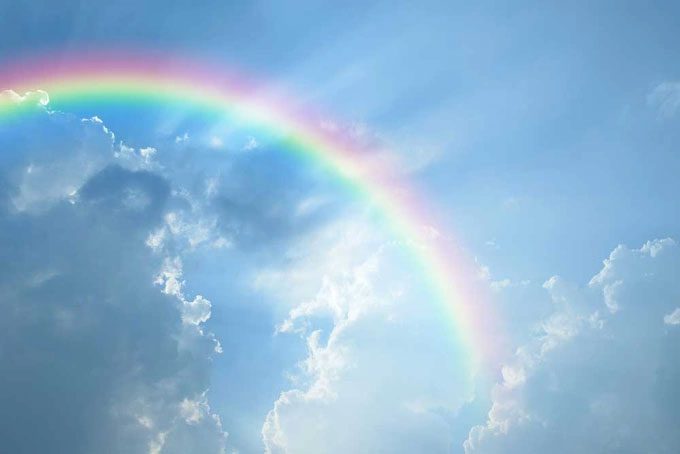A rainbow is a phenomenon that results from the dispersion of sunlight when it refracts and reflects through raindrops. It is one of the most beautiful natural occurrences that we can easily observe after heavy rain during the day.
However, seeing more than just a rainbow may not be a good sign, as it indicates that climate change is worsening.
This statement comes from researchers at New York University, USA, who used real data to predict changes in global climate in the coming years.

The likelihood of seeing a rainbow may increase by 66 – 79% as Earth’s temperature rises.
The research team examined tens of thousands of publicly available rainbow photographs on the photo-sharing site Flickr, then combined this with parameters such as recorded locations, time periods, rainfall maps, cloud cover, and the angle of the sun…
Next, the researchers employed a climate prediction model for analysis, yielding astonishing results.
According to their findings, the likelihood of seeing a rainbow could increase by 66 – 79% as Earth’s temperature rises, which also means an increase in climate change. It is estimated that by 2100, the global frequency of rainbows may increase by approximately 5%.
The study also noted that areas with low population density, located at higher altitudes above sea level, as well as those at higher latitudes, such as the Tibetan Plateau, will benefit the most from the overall increase in rainbows.
In addition, island regions and archipelagos with diverse sea breeze conditions and clear skies are also “hotspots” for rainbow appearances.
Through this discovery, the research team aims to illustrate more tangible changes related to climate change, highlighting the importance of environmental and ecosystem protection.
They believe that part of the challenge in successfully addressing the climate crisis is to engage people’s interest in the natural environment around them and stimulate the desire to protect it.
The research has been published in the journal Global Environment Change.


















































